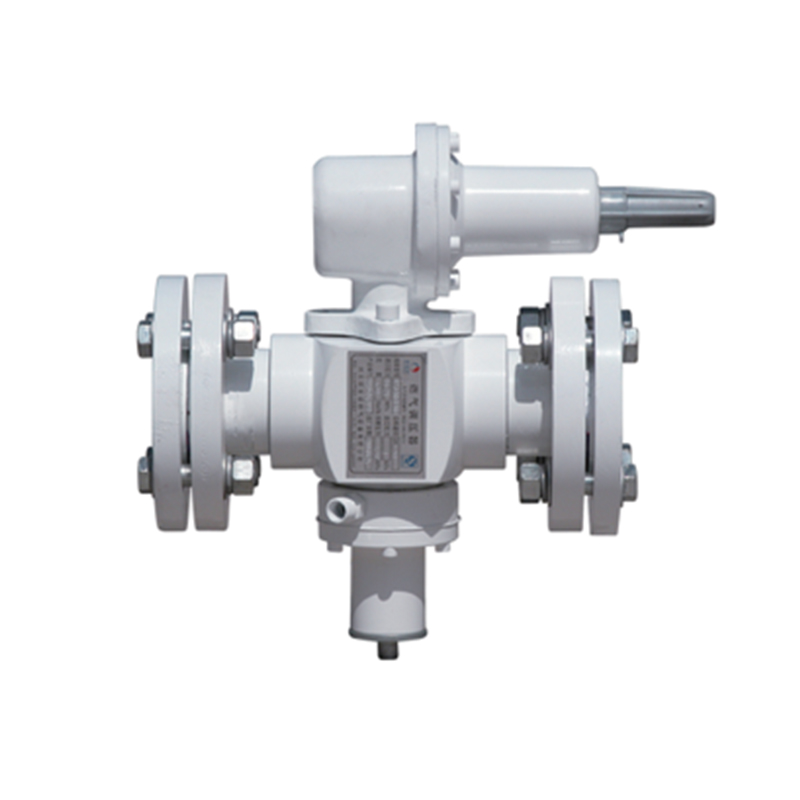
Nov . 07, 2024 21:25
Back to list
Design and Applications of Advanced Cyclone Separators for Enhanced Efficiency
Understanding the Cyclone Separator A Key to Efficient Separation in Industrial Processes
In numerous industrial applications, the separation of particles from gases or liquids is essential for maintaining product quality and ensuring efficient operation. One of the most effective tools for achieving this separation is the cyclone separator. This article will delve into the workings, applications, and benefits of cyclone separators, highlighting their crucial role in various sectors.
What is a Cyclone Separator?
A cyclone separator is a device that uses centrifugal force to separate particles from a mixture of gas or liquid. The principle of operation is straightforward. A mixture is introduced into the cyclone at a controlled angle. As the mixture enters, it is forced to flow in a spiral motion inside a cylindrical or conical chamber. The centrifugal force generated by this swirling motion causes the heavier particles to move outward towards the wall of the cyclone, while the lighter components, typically gases, continue to flow upwards and exit at the top.
Working Mechanism
The efficiency of a cyclone separator hinges on two fundamental principles centrifugal force and gravity. As the mixture spins, the heavier particles collide with the cyclone's walls, losing energy and slowing down. Eventually, due to gravity, these particles fall to the bottom of the cyclone, where they can be collected. The gas, now free of a significant amount of solid contaminants, exits through the top outlet, resulting in a cleaner product.
To enhance the performance of cyclone separators, several design parameters can be optimized, including the diameter of the cyclone, the angle of entry for the feed, the height of the cyclone, and the geometry of the outlet. These factors influence the efficiency of separation and the pressure drop across the cyclone, which can affect operational costs and energy consumption.
Applications of Cyclone Separators
Cyclone separators can be found in various industries due to their versatility and efficiency
. Some common applications include1. Dust Collection In industries like woodworking, pharmaceuticals, and cement manufacturing, cyclone separators are employed to remove dust and other particulate matter from the air. This not only improves workplace safety but also helps in maintaining compliance with environmental regulations.
cyclone separator

2. Oil and Gas Industry Cyclones are often used in the oil and gas sector for separating liquid droplets from gas streams. This separation is crucial for ensuring the quality of the natural gas produced and preventing pipeline corrosion.
3. Chemical Processing In chemical plants, cyclone separators ensure that solid impurities are removed from liquid products, thereby enhancing the purity and quality of the final products.
4. Food and Beverage Industry These separators are also utilized in food processing applications, where they help in the removal of unwanted solids from liquids, thus preserving the quality and safety of food products.
Benefits of Cyclone Separators
One of the primary benefits of cyclone separators is their low operating cost. They have no moving parts, which means that maintenance requirements are minimal and there are fewer components that can wear out or fail over time. Additionally, cyclone separators are capable of handling large volumes of material efficiently.
Another advantage is their effectiveness across a wide range of particle sizes. Depending on the design and operating conditions, cyclone separators can effectively separate particles ranging from fine dust to larger debris, making them suitable for diverse applications.
Moreover, cyclone separators can operate in high-temperature and high-pressure environments, offering flexibility in various industrial contexts. This robustness translates into longer service life and reliability under challenging conditions.
Conclusion
In conclusion, cyclone separators play a vital role in many industrial processes by providing efficient particle separation without the need for complex machinery or extensive maintenance. Their applications span across numerous industries, contributing to operational efficiency, cost-effectiveness, and compliance with safety standards. As industries continue to advance and the demand for efficient separation technologies grows, cyclone separators will undoubtedly remain a key player in the toolkit of engineers and operators worldwide. Whether it’s ensuring cleaner air in a manufacturing facility or improving product quality in a chemical plant, the cyclonic action of these separators proves that simple designs can yield powerful results.
Latest news
-
Safety Valve Spring-Loaded Design Overpressure ProtectionNewsJul.25,2025
-
Precision Voltage Regulator AC5 Accuracy Grade PerformanceNewsJul.25,2025
-
Natural Gas Pressure Regulating Skid Industrial Pipeline ApplicationsNewsJul.25,2025
-
Natural Gas Filter Stainless Steel Mesh Element DesignNewsJul.25,2025
-
Gas Pressure Regulator Valve Direct-Acting Spring-Loaded DesignNewsJul.25,2025
-
Decompression Equipment Multi-Stage Heat Exchange System DesignNewsJul.25,2025

